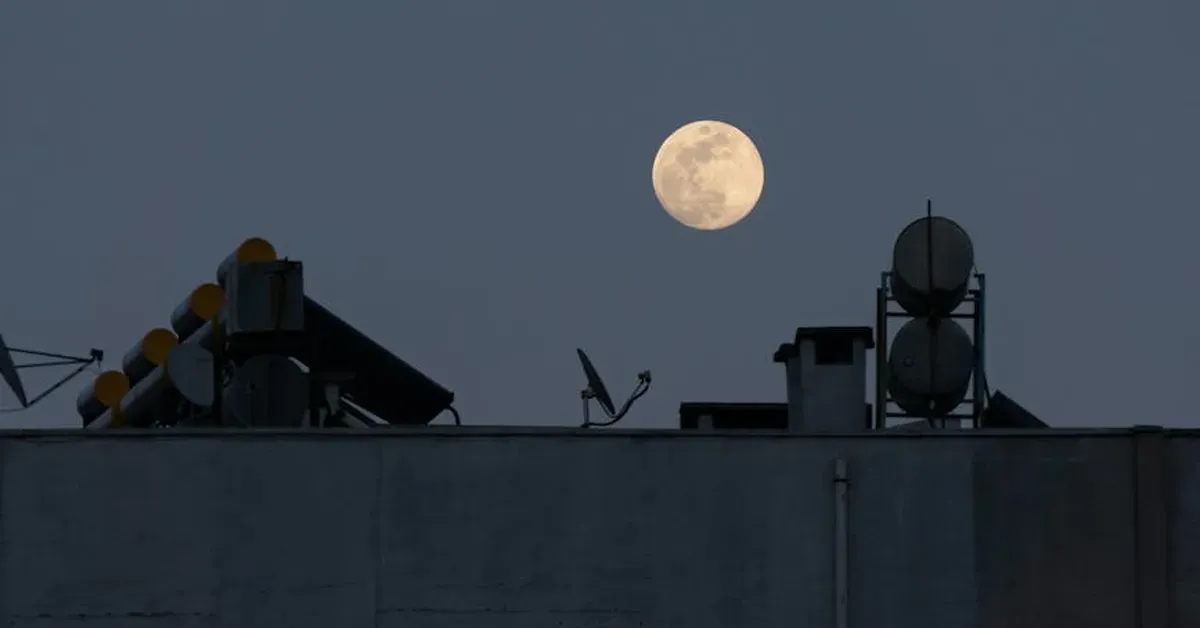
Copenhagen’s latest office towers are committing daylight robbery – literally. The floor-to-ceiling windows stealing all the architectural glory? They’re quietly generating enough electricity to power three floors below them through transparent solar windows that look exactly like regular glass. This isn’t sci-fi decor – it’s the vanguard of a building-integrated photovoltaics revolution that could make every skyscraper a stealth power plant.
The Invisible Energy Harvesters
The magic happens through what materials scientists call “light management gymnastics.” Imagine sunlight hitting glass and being forced into a microscopic obstacle course. Some photons get converted to electricity via ultrathin organic photovoltaic coatings thinner than a human hair. Others get redirected to silicon strips hidden in the window frames – like sunlight getting funneled into a secret nightclub at the edges of your vision.
Current models convert about 12% of sunlight to energy – roughly half of traditional panels’ efficiency. But here’s the kicker: There’s 5-7 billion square meters of underutilized window space in the US alone. Even mediocre efficiency across that surface area adds up to 40% of national energy needs. It’s the solar equivalent of winning through sheer numbers rather than individual prowess.
From Glass Panes to Power Plants
The real game-changer is slot-die coating technology – imagine an industrial inkjet printer applying solar-active layers to glass during manufacturing. Companies like 8MSolar are already using this method to create windows that generate 30W per square meter while maintaining 80% transparency. Your conference room view stays Instagram-worthy, while the glass harvests enough juice to keep the coffee machines brewing.
Urban planners are salivating over the implications. A 50-story tower could become a vertical power station without altering its aesthetic DNA. As one energy researcher quipped, “We’ve been treating buildings like energy vampires when they could be blood donors.” The technology even plays nice with community microgrids, creating self-sustaining energy ecosystems in concrete jungles.
Why Your Skyscraper Might Outproduce Your Rooftop Panels
Here’s where the math gets spicy: While traditional solar panels outperform transparent ones in efficiency, buildings have exponentially more window space than roof space. A typical office building’s glass surface area is 10x its roof footprint. Even at half the efficiency, that’s 5x more potential energy generation – the architectural equivalent of a basketball team winning through bench depth rather than star players.
The technology’s progressing faster than a startup’s valuation. Recent breakthroughs in perovskite solar cells and laser-scribed conductive pathways suggest we could hit 20% efficiency by 2027. That’s when things get truly disruptive – imagine entire cities where every glass surface, from smartphone screens to subway station canopies, becomes part of an invisible energy network.
Of course, there are hurdles. Durability testing needs to ensure these windows survive both hurricane-force winds and bored employees’ paperclip projectiles. But with construction materials evolving faster than smartphone tech, the biggest challenge might be convincing architects that sometimes, the best design statement is one you can’t see.